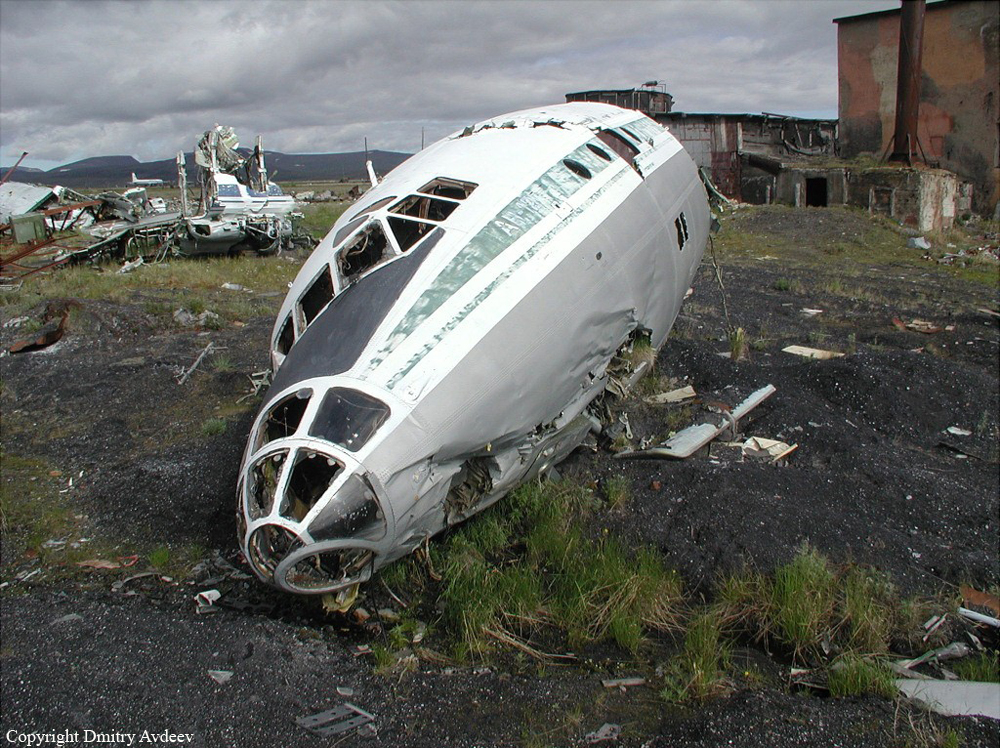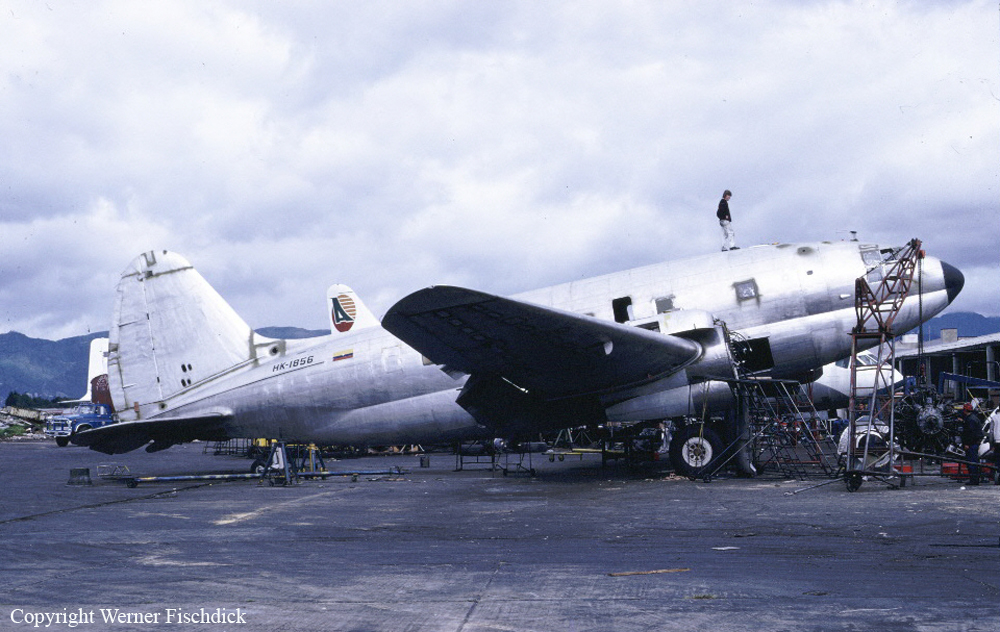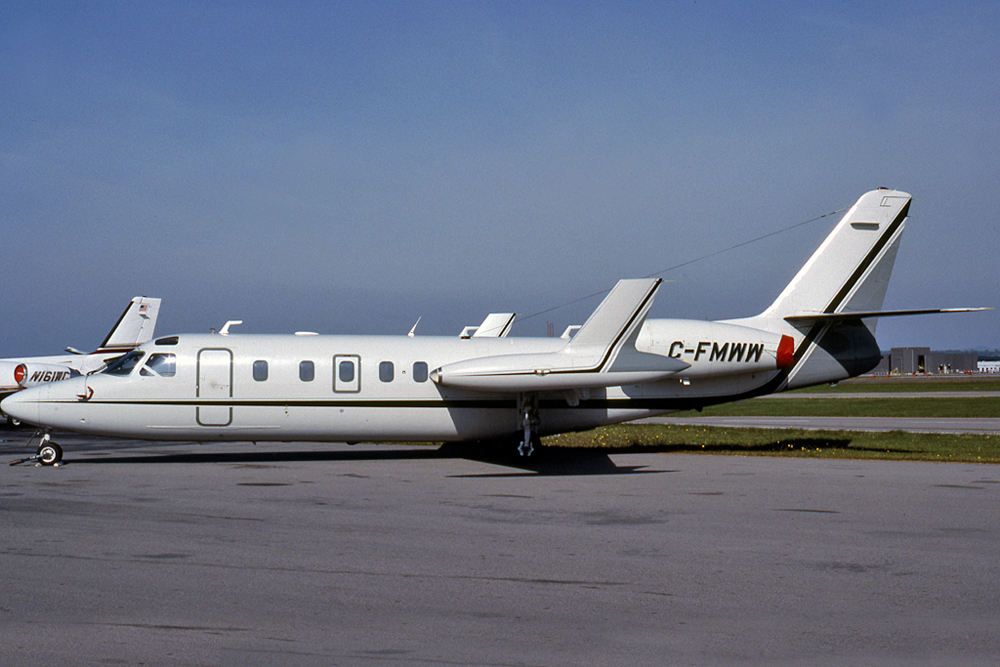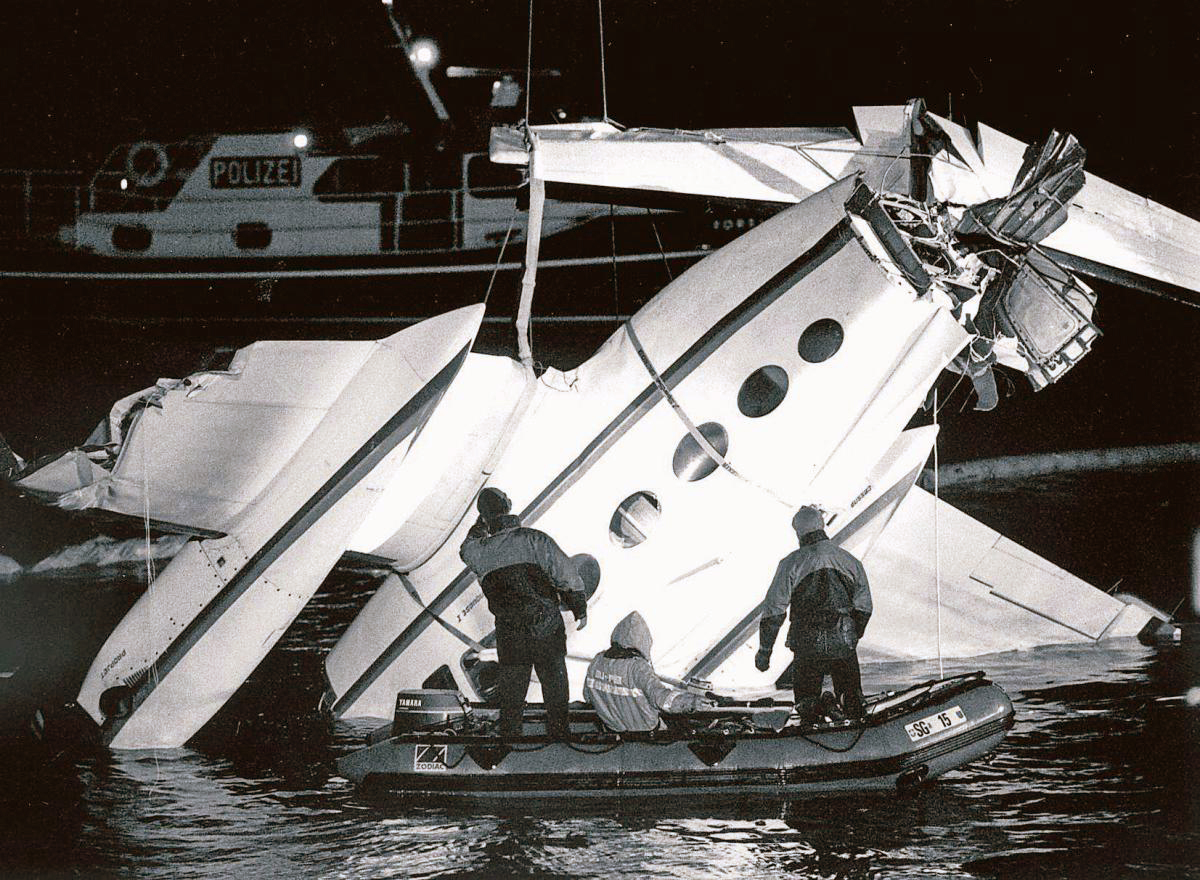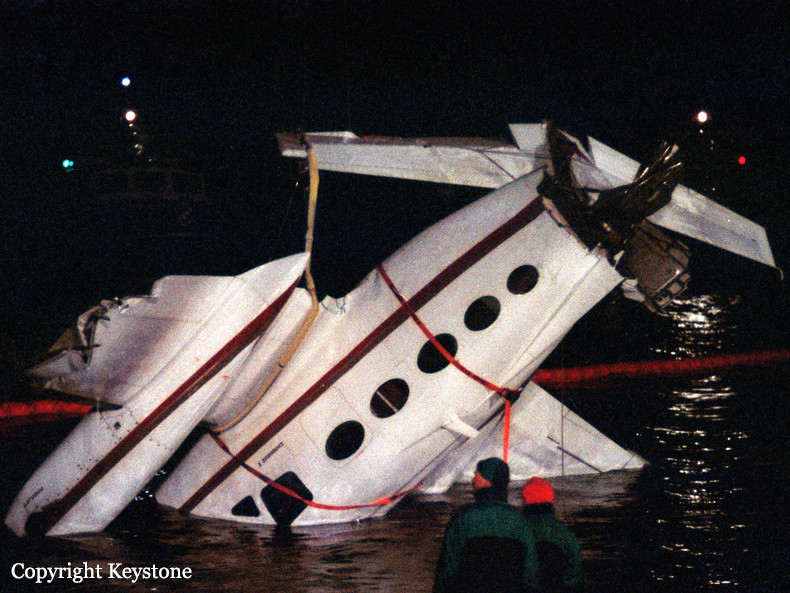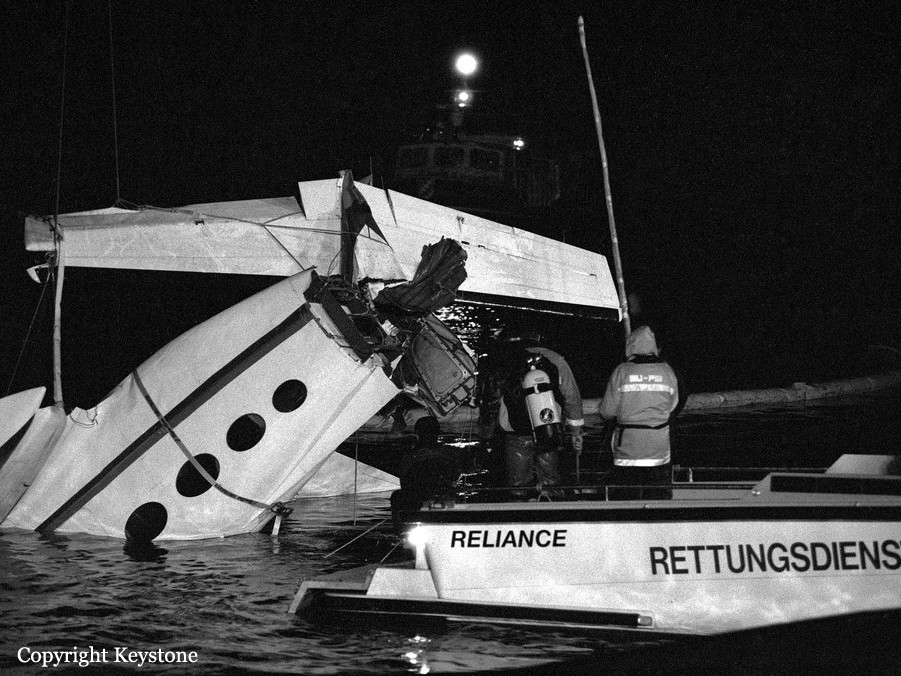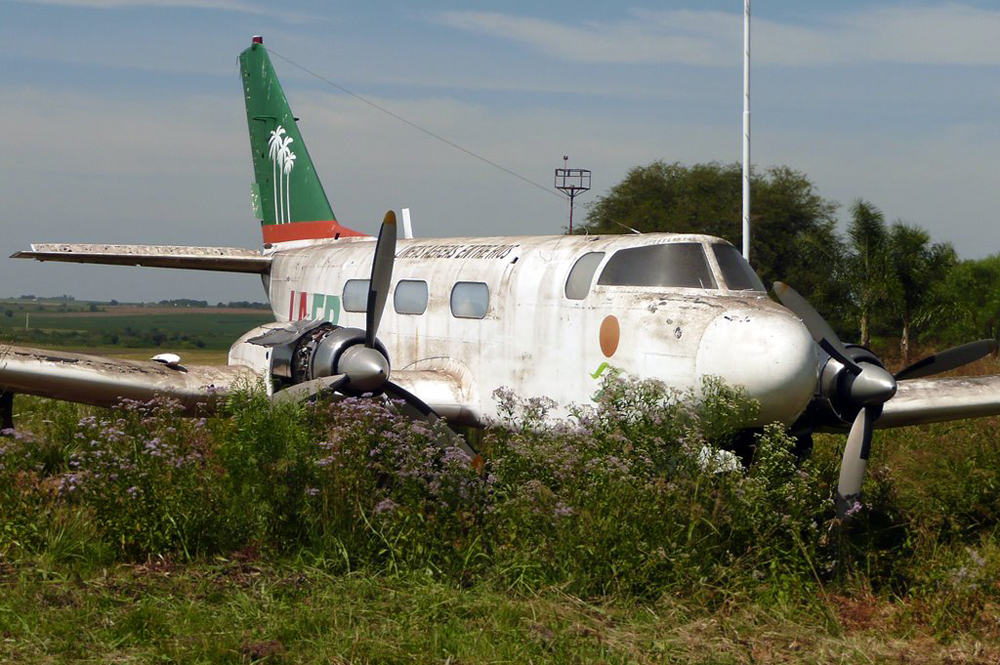Crash of a Douglas DC-6BF in Villavicencio
Date & Time:
Feb 15, 1994
Registration:
HK-3874X
Survivors:
Yes
MSN:
43842
YOM:
1952
Crew on board:
0
Crew fatalities:
Pax on board:
0
Pax fatalities:
Other fatalities:
Total fatalities:
0
Circumstances:
Crashed upon landing at Villavicencio-La Vanguardia Airport following technical problems. There were no casualties. The accident occurred somewhere in February 1994, exact date unknown.


